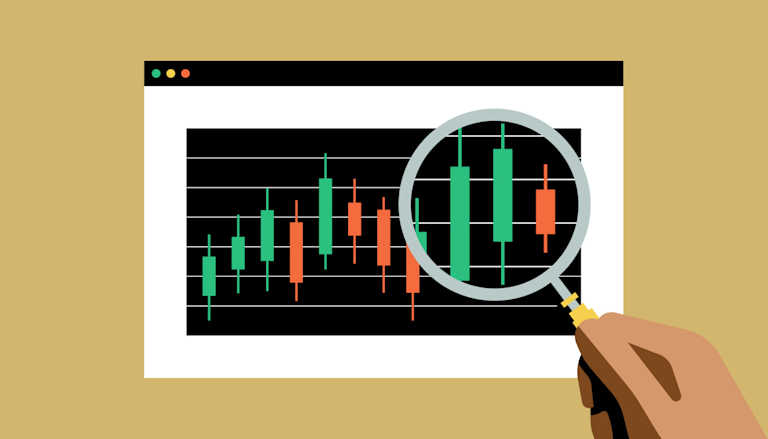
Crypto Trading Trends: Navigating the Future of Digital Assets
The world of crypto trading is constantly evolving, shaped by market trends, technological advancements, and shifting regulations. Investors and traders alike must stay informed to maximize their strategies and capitalize on profitable opportunities. In this article, we explore the latest crypto trading trends that are defining the digital asset landscape in 2023 and beyond. Additionally, for a deeper dive into related topics, check out this Crypto Trading Trends https://www.carlagericke.com/category/blog/page/26/.
1. Increased Adoption of Decentralized Finance (DeFi)
Decentralized Finance, or DeFi, has been one of the hottest trends in the crypto world over recent years. DeFi platforms offer financial services without the need for traditional intermediaries like banks. This trend is growing as more users seek autonomy and better yields on their investments. With innovations like liquidity pools, yield farming, and decentralized exchanges (DEXs), DeFi enables users to trade, lend, and borrow assets more efficiently. The overall value locked in DeFi protocols has reached unprecedented levels, indicating robust growth.
2. Integration of Non-Fungible Tokens (NFTs)
While NFTs burst onto the scene with digital art and collectibles, their application has expanded far beyond this niche. Crypto trading trends are increasingly influenced by the integration of NFTs into mainstream finance and entertainment. Sectors such as gaming, virtual reality, and real estate are exploring the potential of NFTs for ownership representation and proving provenance. Traders are finding new ways to capitalize on digital assets, leading to the development of NFT marketplaces and investment strategies.
3. Regulatory Scrutiny and Compliance
As cryptocurrencies gain popularity, regulators worldwide are taking a closer look at the space. This increased scrutiny brings both challenges and opportunities. On one hand, regulators aim to protect investors and ensure market integrity, which can lead to frameworks that foster safer trading environments. On the other hand, uncertainty regarding regulations can lead to market volatility. Keeping informed on regulatory developments is crucial for traders navigating this ever-changing landscape.
4. The Rise of Central Bank Digital Currencies (CBDCs)
In 2023, more central banks are exploring or piloting their own digital currencies. CBDCs could significantly impact the crypto trading environment, potentially offering the stability of state-backed assets alongside the decentralization ethos of cryptocurrencies. Traders must pay attention to how CBDCs coexist with traditional cryptocurrencies and how they might reshape trading strategies and market dynamics.
5. Enhanced Security Measures

Security remains a paramount concern in the crypto market. High-profile hacks and breaches have emphasized the need for stringent security measures amongst exchanges and wallets. In response, we see the rise of advanced security protocols, insurance policies, and verification processes to protect users’ assets. Traders are advised to remain vigilant and adapt to security best practices in their trading activities.
6. Trading Automation and Artificial Intelligence (AI)
Automated trading systems and AI-driven algorithms are reshaping the way traders approach the crypto market. These systems can analyze vast amounts of data in real time, identifying trading signals and executing trades faster than human traders. The growth of AI tools designed for sentiment analysis, price prediction, and risk management is changing the competitive landscape, allowing traders to leverage technology for optimized trading positions.
7. Community-Driven Initiatives
Decentralization isn’t just a principle but a practice manifested in community governance. Many crypto projects are now adopting community-driven models where token holders can participate in decisions affecting the project. This shift empowers traders and investors to have a say in the direction of assets they hold, potentially increasing engagement and creating loyal communities. Understanding community sentiment can provide valuable insights for trading strategies.
8. Market Volatility and Opportunities
The crypto market is renowned for its volatility, presenting both risks and opportunities for traders. Traders need to be equipped with risk management strategies that help navigate the turbulent waters of price fluctuations. Staying updated on market news, technical analysis, and sentiment indicators can help traders make informed decisions. The ability to react quickly to market changes is crucial for success in crypto trading.
9. Cross-Asset Trading
Many traders are beginning to adopt a cross-asset approach, integrating cryptocurrency trading with traditional assets like stocks and commodities. This trend can enhance portfolio diversification and hedge against risk. By analyzing correlations between different asset classes, traders can better manage their investments and capitalize on emerging market trends.
10. The Future of Crypto Trading
The future of crypto trading is likely to be shaped by continued technological advancements, increasing adoption, and evolving regulatory landscapes. Traders will need to adapt to these changes and develop strategies that reflect the latest trends. Emphasizing education and remaining proactive in responding to market developments is key to thriving in this dynamic environment.
Conclusion
In summary, the landscape of crypto trading is complex and rapidly changing. From the rise of DeFi and NFTs to the implications of CBDCs and regulatory scrutiny, traders must stay informed to capitalize on these trends effectively. Embracing technology, prioritizing security, and engaging with communities will be crucial for success in the evolving world of digital asset trading. By understanding these crypto trading trends, traders can position themselves to navigate the future of finance.